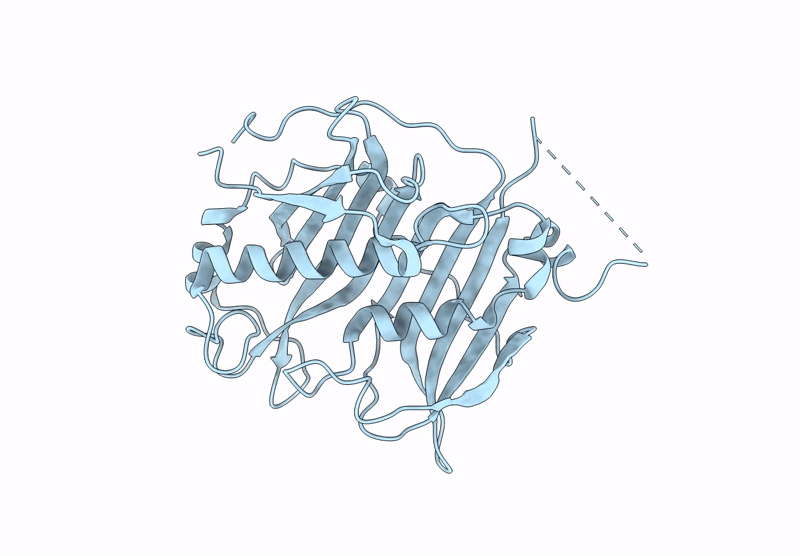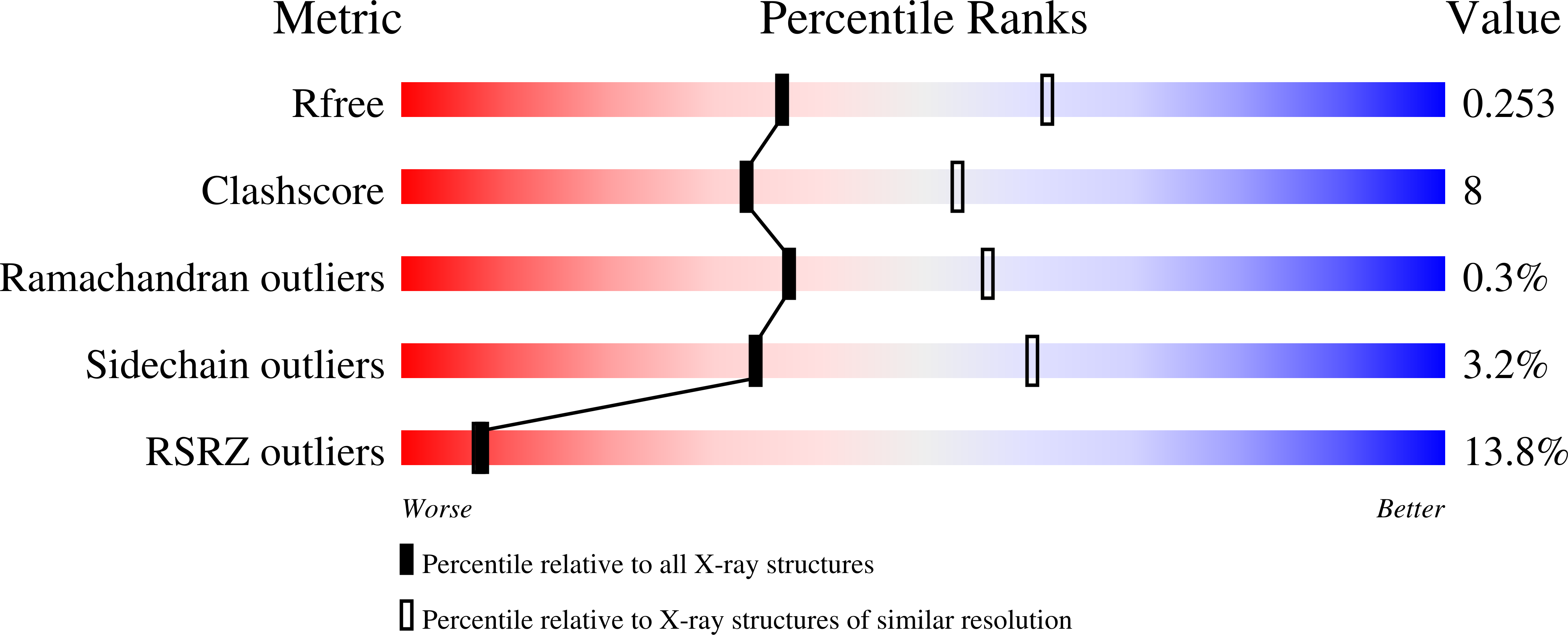
Deposition Date
2025-01-02
Release Date
2025-08-13
Last Version Date
2025-08-27
Entry Detail
PDB ID:
9MQF
Keywords:
Title:
Chloroplast acyl-ACP thioesterase from Chlamydomonas reinhardtii
Biological Source:
Source Organism:
Chlamydomonas reinhardtii (Taxon ID: 3055)
Host Organism:
Method Details:
Experimental Method:
Resolution:
2.50 Å
R-Value Free:
0.25
R-Value Work:
0.23
R-Value Observed:
0.23
Space Group:
P 41 2 2


